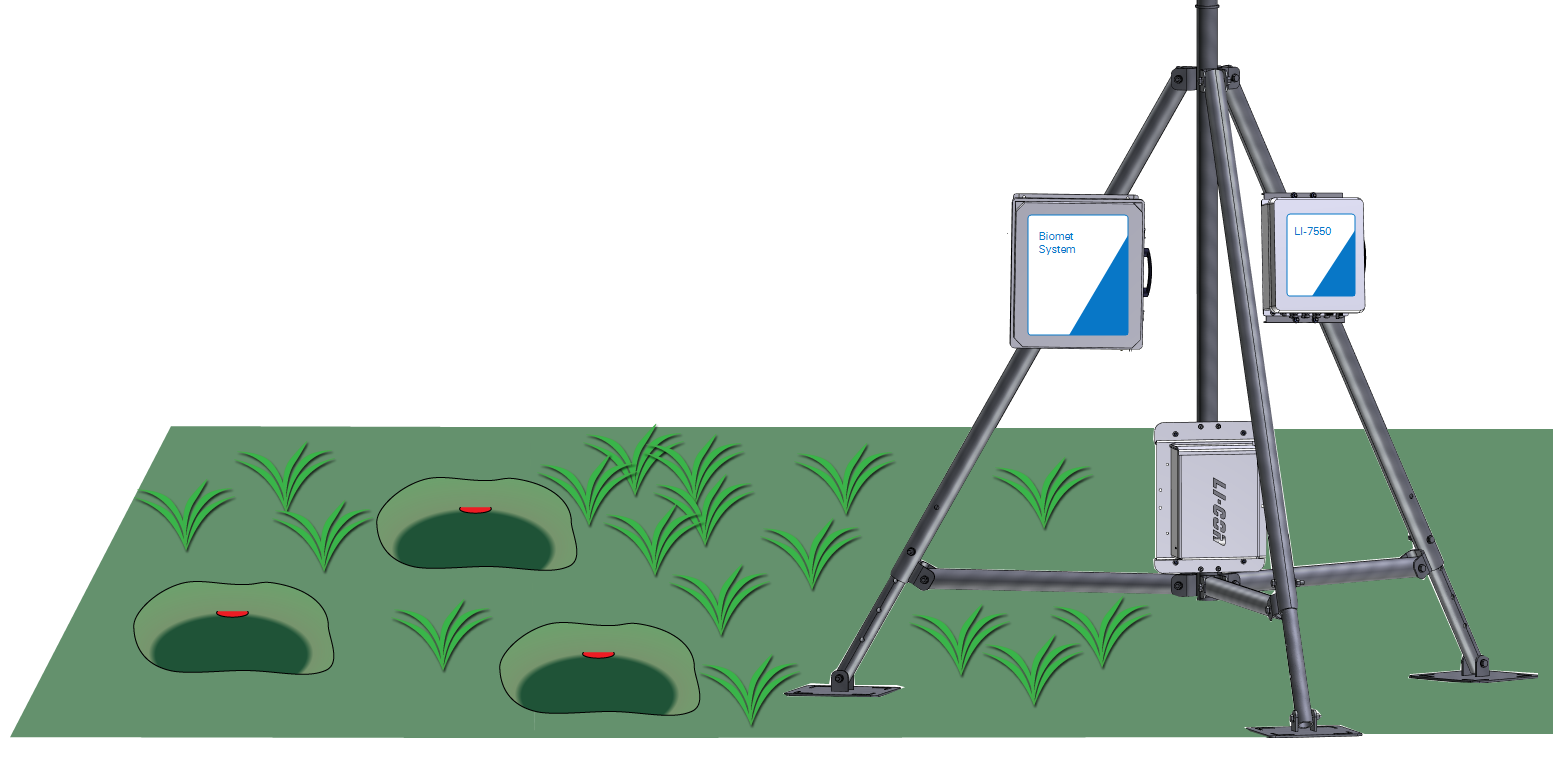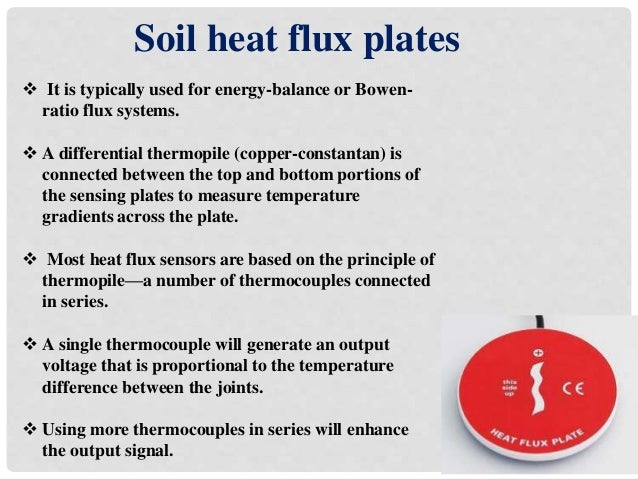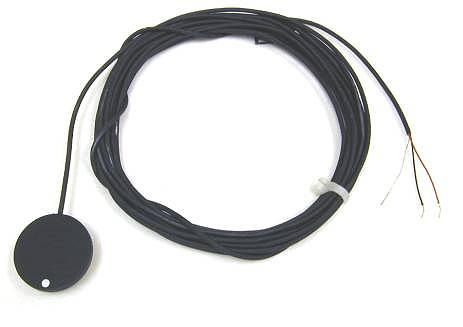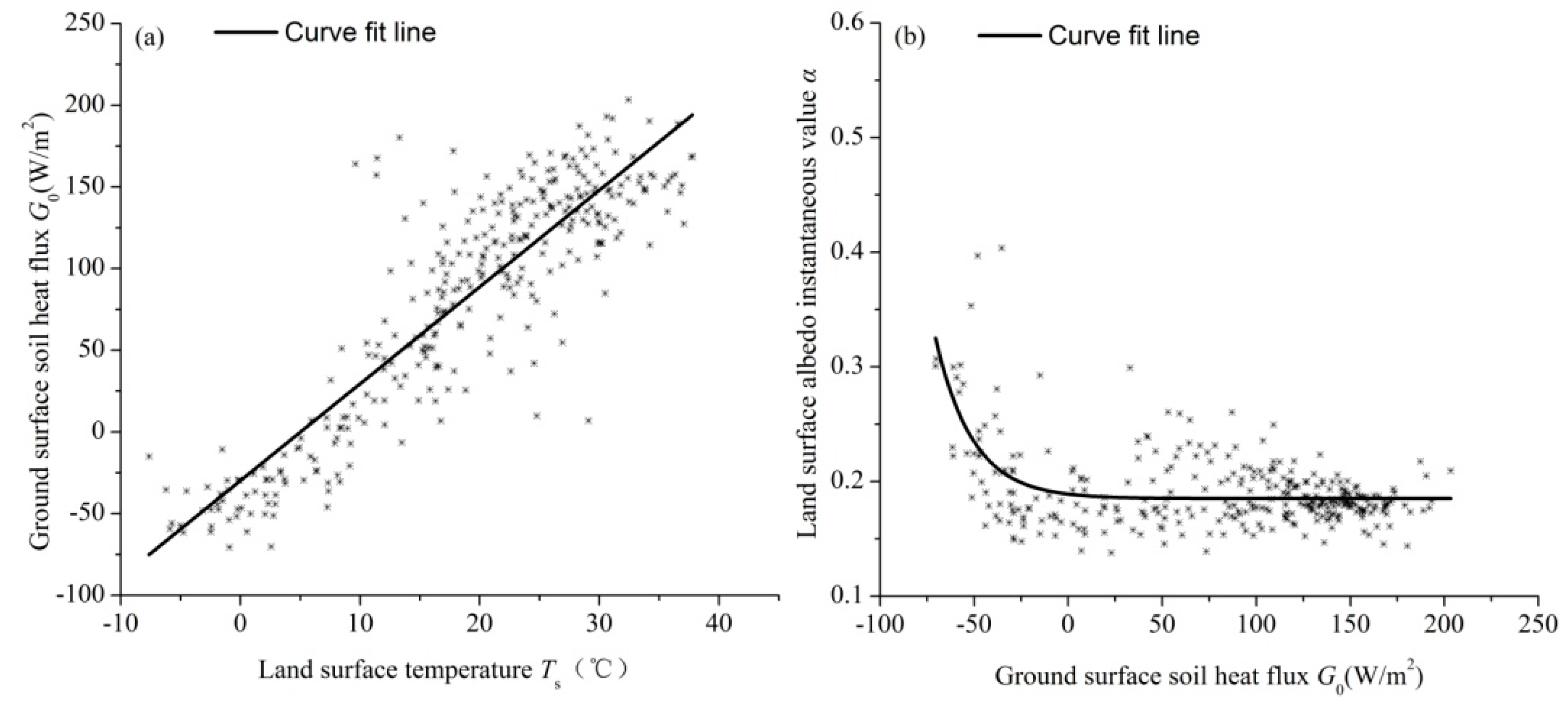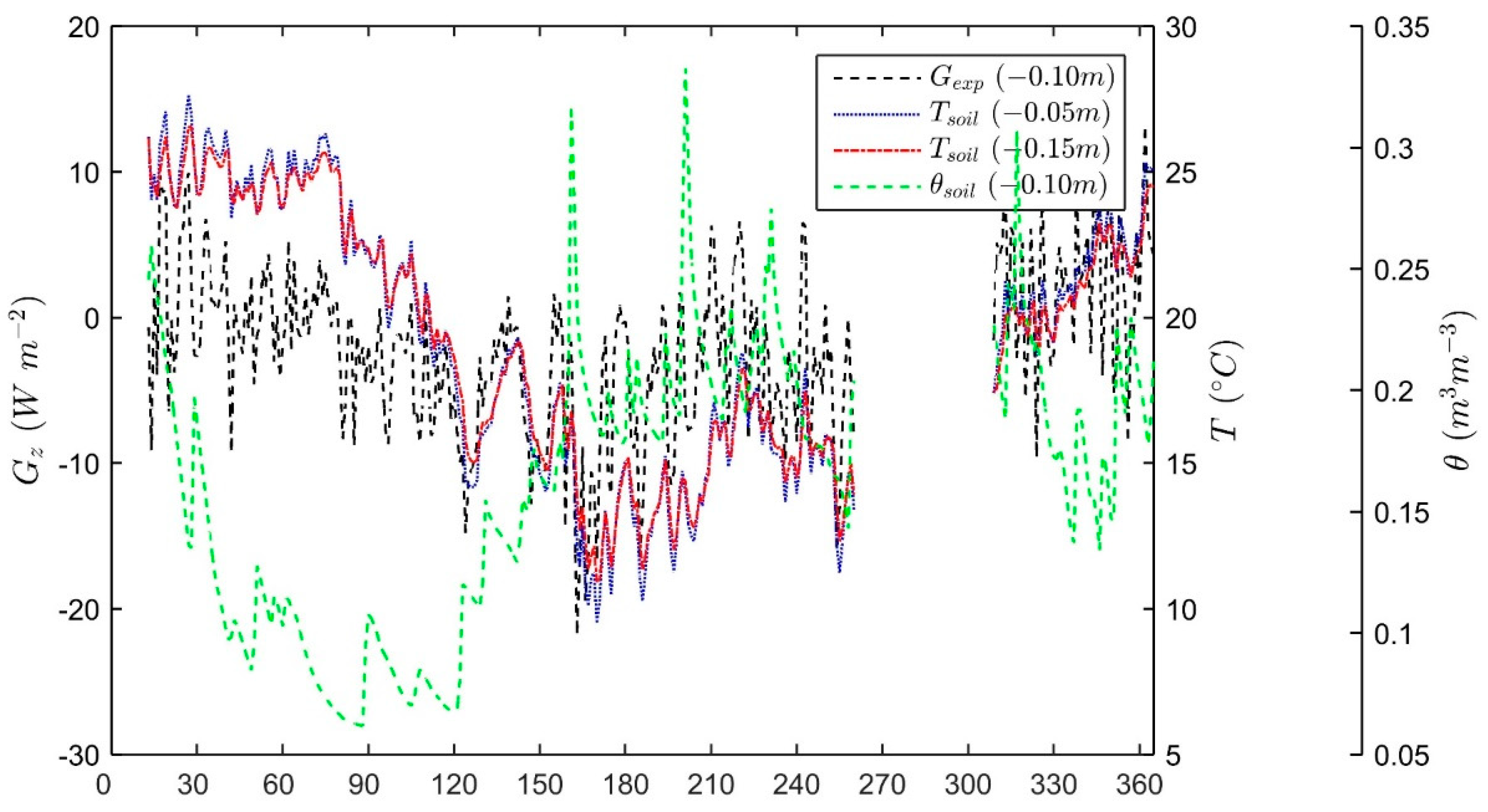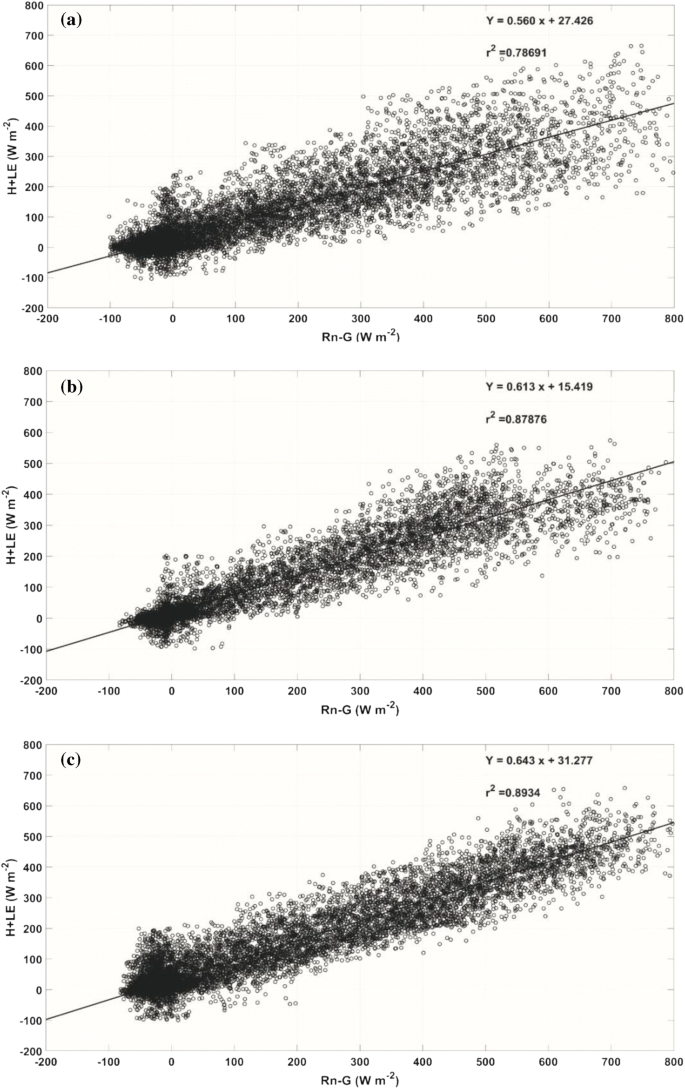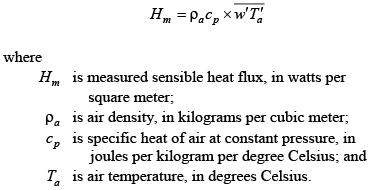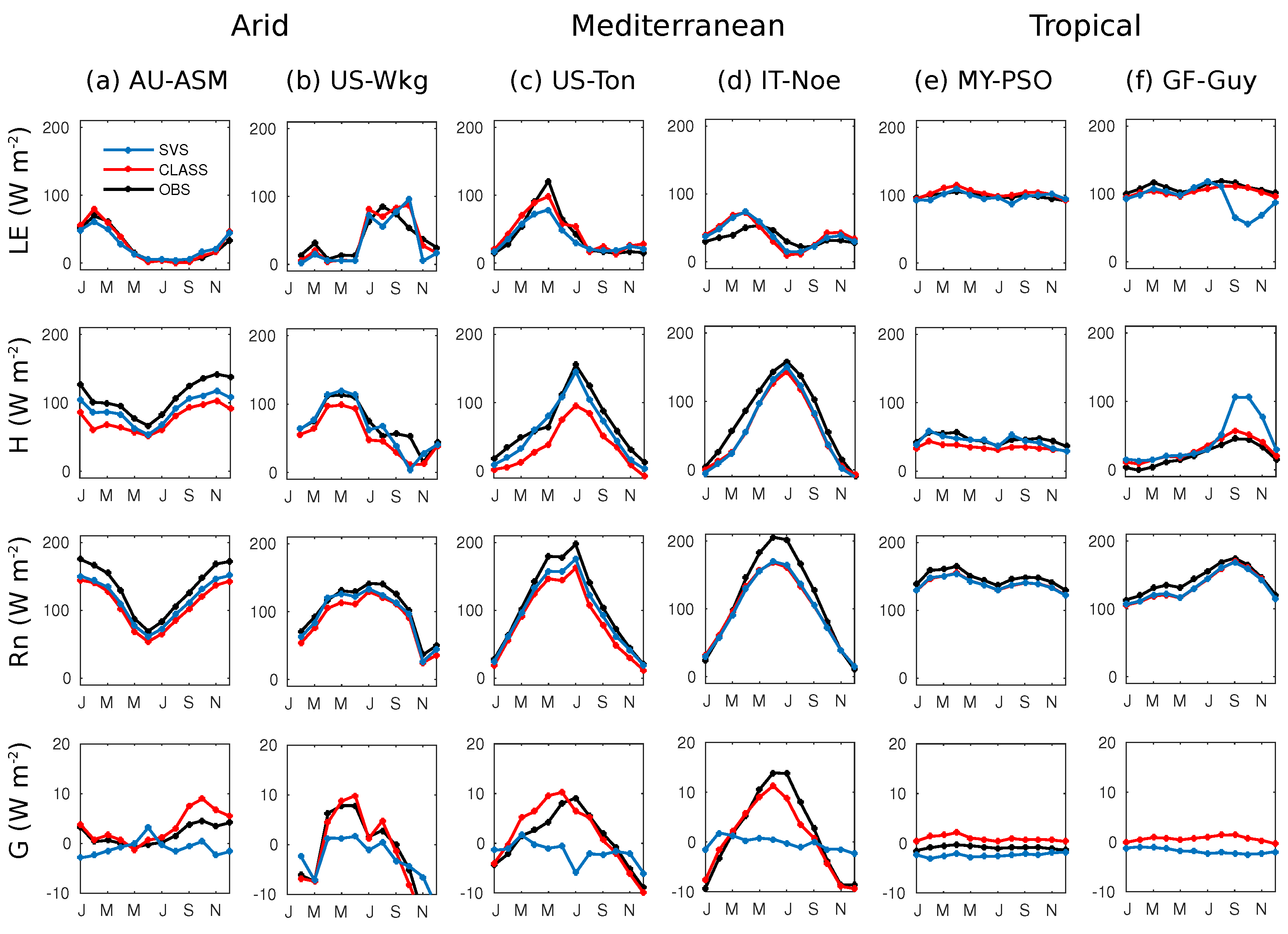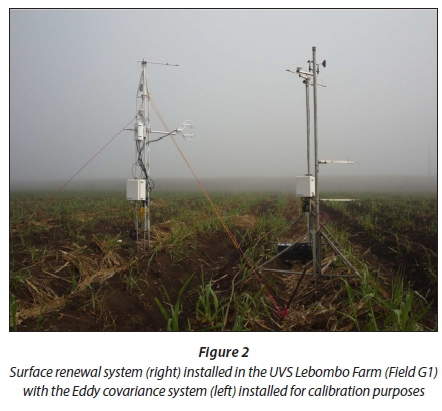Surface soil heat flux density g calculated using a heat flux plate at 0 02 m depth g 2 and the change in heat storage d s estimated from temperature change at 0 01 m depth versus g 2 alone using half hour data collected under 0 10 m tall cool season grass.
Soil heat flux plate.
Introduction the hfp01 outputs a voltage signal that is proportional to the heat flux of the surrounding medium usually soil.
The heat flux in the.
And peng et al.
The popularity of this method is due to its simplicity.
The soil heat flux at the bottom of this layer is also estimated rather than measured with a heat flux plate.
These include heat flow distortion and ther mal contact resistance philip 1961.
Two sensors may provide spatial averaging.
The soil heat flux gz is commonly measured with passive heat flux plates but self calibrating plates or additional corrections are required to obtain accurate data.
Model hfp01 soil heat flux plate 1.
Sites with heterogeneous media may require additional sensors.
However several potentially sig nificant errors may occurwhen using soil heat flux plates in the field.
4 6 2 simple parameterizations in some climate and general circulation models the ground heat flux is simply neglected.
In an energy balance installation all sensors must be completely inserted into the soil face before the hole is backfilled.
A unique calibration constant is supplied with each sensor.
It is typically used for energy balance or bowen ratio flux systems.
Soil heat flux is important because its couples surface energy balance with energy transfer processes in the soil 64 and affects the soil surface 61 and soil temperatures.
If a heat flux plate is installed near the soil surface e g at 2 cm depth the plate might overestimate the soil heat flux by more than 20 as demonstrated by ochsner et al.
A thin layer of a thermal heat sink compound with λ 0 18 w m 1 k 1 greater than the plate λ m 1 0 w m 1 k 1 did not increase g m in a clay soil but increased g m by 6 in quartz sand.
Implementation of the standard heat flux plate method at the bare soil site pairs of four types of heat flux plates were used table 2.
The plates were installed in random order at 20 cm spacing along a north south transect.
These plates differed in size shape and composition sauer et al 2003.



